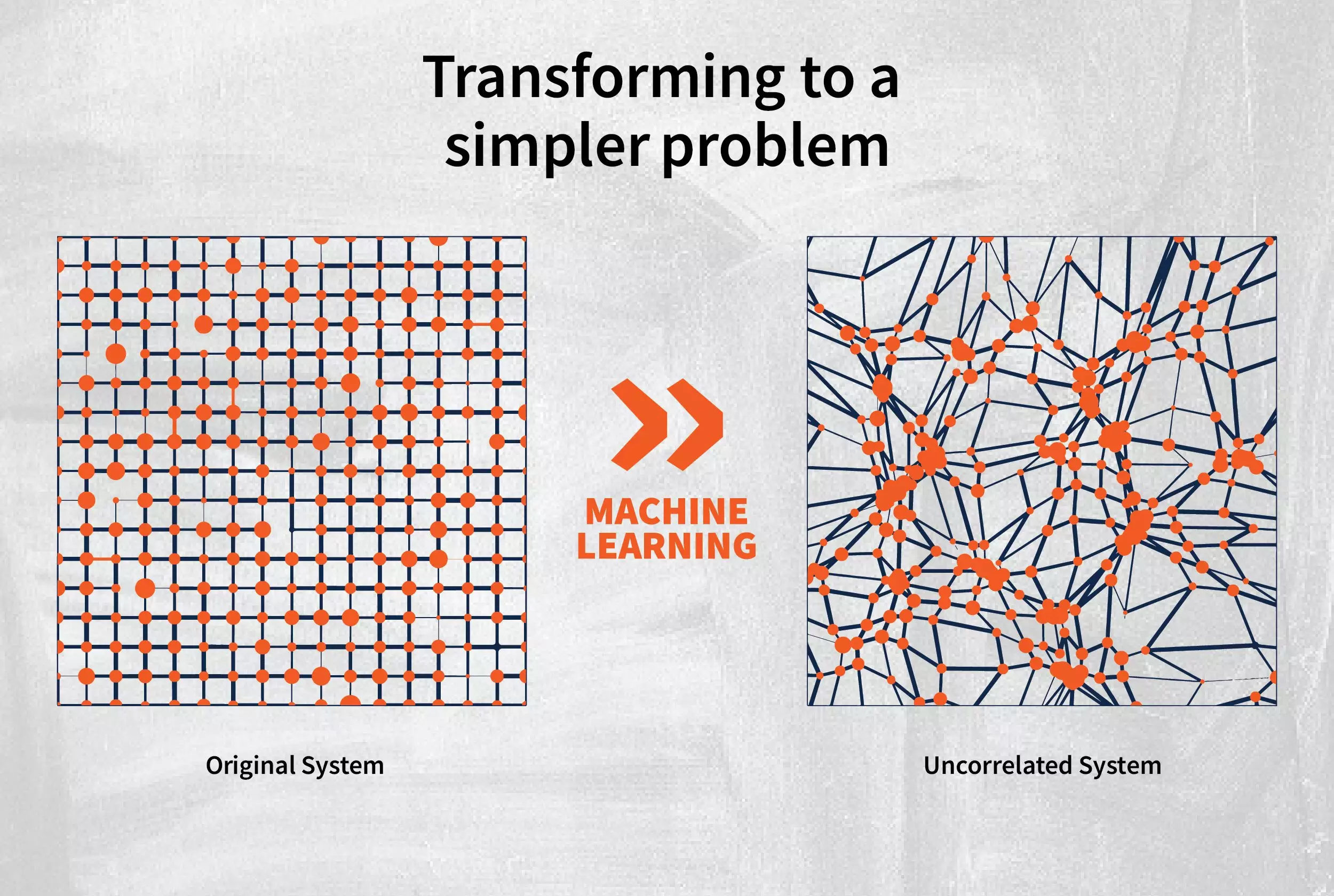A groundbreaking study conducted by researchers from the University of Illinois Urbana-Champaign has revolutionized the understanding of diffusion in multicomponent alloys. By introducing the concept of “kinosons” as individual contributions to diffusion, the team was able to utilize machine learning to calculate the statistical distribution of these contributions. This novel approach enabled the researchers to model the alloy and determine its diffusivity in a significantly more efficient manner compared to traditional trajectory-based computations.
Diffusion in solids plays a crucial role in various industrial processes, such as the production of steel, battery technology, and semiconductor device fabrication. At its core, diffusion involves the movement of atoms within a material, influencing its properties and performance. In the case of multicomponent alloys, which consist of a combination of different elements like manganese, cobalt, chromium, iron, and nickel, understanding diffusion is essential for optimizing their mechanical behavior and thermal stability.
One of the primary challenges associated with studying diffusion in multicomponent alloys is the need for long timescales to observe the random motion of atoms within the material. Traditional simulation methods require running simulations for extended periods to capture the full extent of atom displacement and calculate diffusivity accurately. This limitation restricts the ability to explore more precise methods for determining transition rates and understanding diffusion mechanisms effectively.
The introduction of kinosons as individual moves made by atoms during diffusion represents a paradigm shift in the field of materials science. By analyzing and summing up these kinosons, researchers can derive the true diffusivity of the alloy and gain insights into how different elements diffuse within the solid. This approach simplifies the complexity of diffusion by eliminating correlated jumps and focusing on the cumulative effect of all atom movements contributing to diffusion.
Utilizing machine learning to analyze kinosons in diffusion modeling offers several advantages over traditional methods. Not only does this approach provide a faster and more efficient way to calculate diffusivity, but it also allows for a deeper understanding of how atoms move within the material. By extracting the probability distribution of kinosons and their magnitudes, researchers can enhance their predictive capabilities and unlock new insights into diffusion processes.
A Paradigm Shift in Diffusion Studies
The integration of kinosons and machine learning into diffusion modeling represents a significant advancement in the field of materials science. This innovative approach not only accelerates the pace of simulations but also challenges traditional perceptions of diffusion mechanisms. As lead researcher Dallas Trinkle highlights, this method has the potential to transform the way we approach diffusion studies and may become the standard practice in the coming years. By embracing kinosons and machine learning, researchers can unlock a new era of understanding in the realm of diffusion in multicomponent alloys.


Leave a Reply